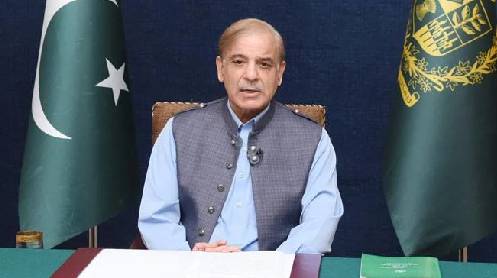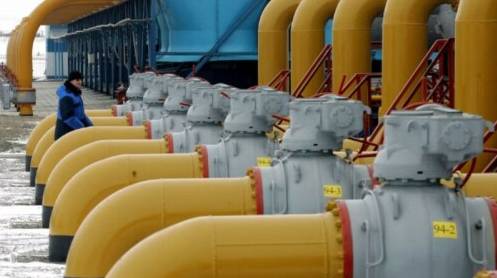Pakistan has become the canary in the mine of climate change in 2022. The flood that destroyed a third of the country this year came from the sky, not overflowing rivers. An area larger than many European countries has been turned into a flooded lake, many meters deep. The disaster was an undeniable consequence of global warming. “Pakistan has flooded before, but never on this scale,” one observer wrote, “and never in so many ways at once: cloud bursts and glacial outbursts in the north, long spells of rain in Sindh and Baluchistan. Flooding in the western lowlands of the Indus and urban flooding in cities like Karachi – a mix of weather disasters.” It was not spring this year in Pakistan.
The weather went from cold to seemingly warm overnight in April, and then warmer still. Electricity demand rose first to an unprecedented seasonal high and then to an all-time high of more than 30,000 MW. The monsoon rains came in mid-July, and the clouds burst in late August, like on steroids. Sindh and Baluchistan received above average heavy rains. The rain was the flood. It caused $30 billion in loss and damage, destroyed nearly two million homes, displaced 8 million people, and affected 33 million citizens. The irony is grim. Pakistan contributes 0.8% of the global carbon footprint, yet we are among the 10 most stressed countries on the planet – a great tragedy. Pakistan is a victim
of pollution emitted by others. Even if we reduced our climate impact to zero, we would still be vulnerable to melting glaciers, erratic and heavy rains, agricultural failures and prolonged extreme heat. The government has expressed resilience by addressing climate change mitigation and adaptation. The transition to renewable, clean and household energy is the highest priority, as it combines equally urgent imperatives: energy cost reduction, energy sovereignty and environmental protection.
The new energy landscape after the war in Ukraine has required that all new energy production in Pakistan henceforth be based on indigenous sources, the most important of which are: solar, Thar coal, hydel, nuclear and wind. These can be supplemented with other domestic sources such as wave, geothermal and waste as they become economically feasible.
Renewable energy projects will perform essential pro-poor and pro-growth functions: reducing the price of electricity; reducing pressure on our balance of payments by reducing imports of expensive fossil fuels; and reducing carbon emissions – the three pillars of sustainable development.We need to start a serious push towards conservation. Changing public behavior towards conservation is slow, but we will push it through technological innovations such as advanced metering infrastructure and, in particular, the conversion of all motorcycles and three-wheelers to electric vehicles (EVs). Our electric vehicle initiative will halve emissions and fuel consumption in Pakistan – a boon not only for the environment but also for the public exchequer.
Essentially adopting quick changes to the specifications of electrical appliances and accessories towards energy conservation, encouraging carpooling, installing conical rakes at gas geysers to save gas and persuading shopkeepers to change their working hours in accordance with international standards. Pakistan’s geography makes it extremely vulnerable to climate change. We cannot change our geography. We simply can change ourselves





